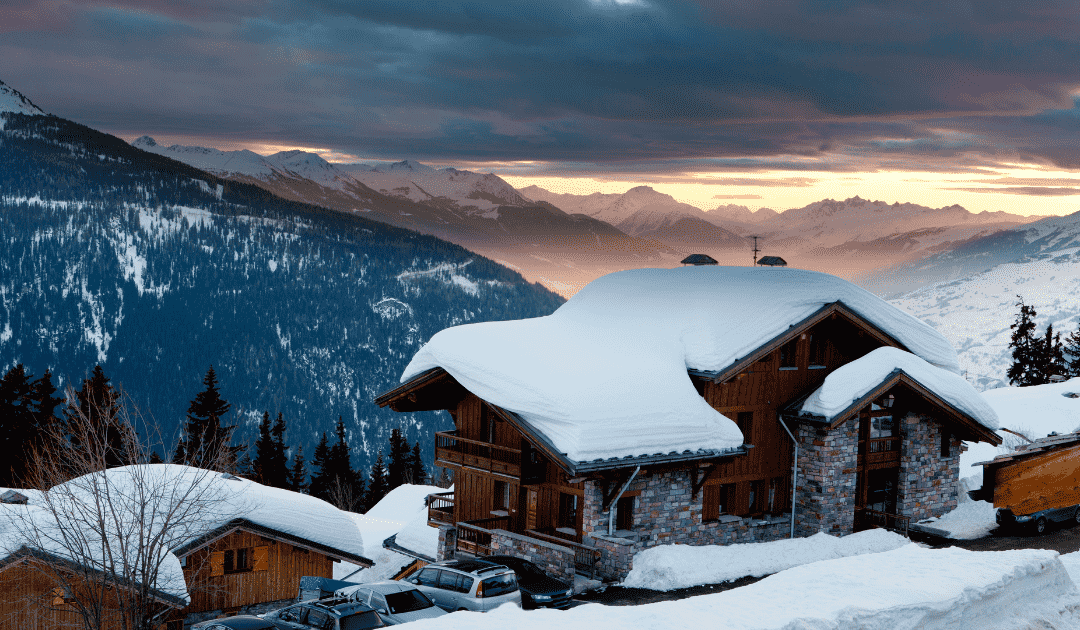With interest rates trending downward, there’s renewed optimism among sellers and buyers eyeing Canada’s picturesque ski destinations for their winter getaways.
Stable prices through sluggish sales
The median price of a single-family detached home in these ski regions (think Mont-Tremblant and Whistler) dipped a modest 0.4 per cent year-over-year to $948,800 during the first nine months of the year. Sales activity was subdued, reflecting broader trends seen in urban markets.
Phil Soper, president and CEO of Royal LePage, highlighted the resilience of the ski property market, even during high-interest-rate periods. “For most, a winter getaway home is a ‘love-to-have’ and not a ‘must-have.’ Many recreational buyers have the patience to wait for the right property to become available or for rates to drop enough to restore their confidence in the economy,” Soper said in the Royal LePage Winter Recreational Property report.
A bright forecast for 2025
The Canadian real estate company anticipates stronger demand as borrowing costs come down in 2025. Interest rate cuts by the Bank of Canada, are expected to bring buyers back into the market. Soper noted that many recreational buyers, even those paying in cash or leveraging equity, use interest rates as a gauge for economic stability before making their move.
With improved conditions, prices are expected to rise, particularly in supply-constrained areas. “As with urban markets, there is a window of opportunity for buyers, as stable prices intersect with declining borrowing costs,” Soper explained.
Regional variations
The winter property market varies across provinces. While sales in ski regions in Ontario, Alberta, and much of British Columbia slowed, Quebec saw increased activity in most destinations.
External pressures on buyers
High borrowing costs over the past two years have left some potential buyers hesitant, especially those juggling mortgages on primary residences. At the same time, stricter regulations on short-term rentals have reduced the appeal of renting out recreational homes to offset costs.
“Although recreational property owners are less likely to have a monthly mortgage payment when compared to owners in cities, the impact of elevated rates these past two years (has) not left them unscathed. Many cabin and chalet buyers have a mortgage on their primary residence, which has left some cash-strapped and hesitant to move forward on the purchase of a vacation home. In some cases, owners and investors have had to downsize or offload recreational homes” said Soper.
Compounding these challenges are recent changes to the capital gains tax, which increased the inclusion rate on capital gains realized annually above $250,000 from one-half to two-thirds for non-primary residences.
According to Royal LePage, this policy shift led to a surge in inquiries earlier this year as property owners scrambled to understand the implications on their bottom line.
Climate change’s growing impact
The effects of climate change are also reshaping the landscape of Canada’s ski regions. Rising temperatures are making natural snowfall less reliable, prompting a greater need for snow-making technologies. Extreme weather events, such as wildfires and flooding, have further disrupted recreational areas, highlighting the need for sustainable practices and climate-resilient planning.
“…Canada’s more northerly ski destinations do have more consistent below-freezing temperatures than American and European resort towns, making snow preservation much more reliable,” Soper explains.
Soper remains optimistic about the future of Canada’s ski property market, “With four rate cuts now under our belt, and more likely to come, the winter rec market will spring to life again.”












